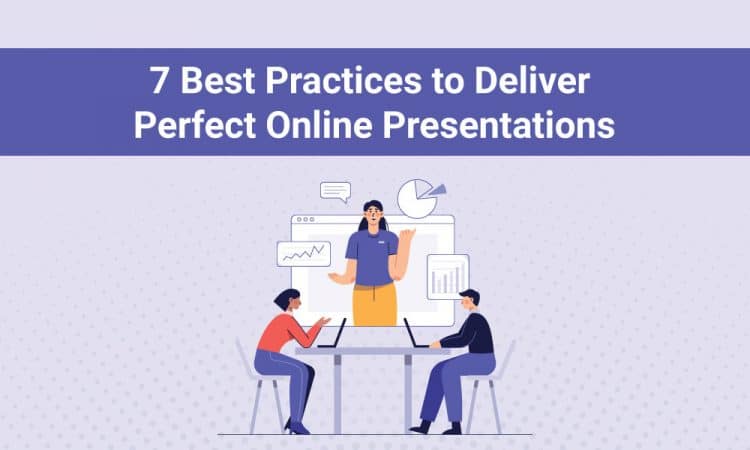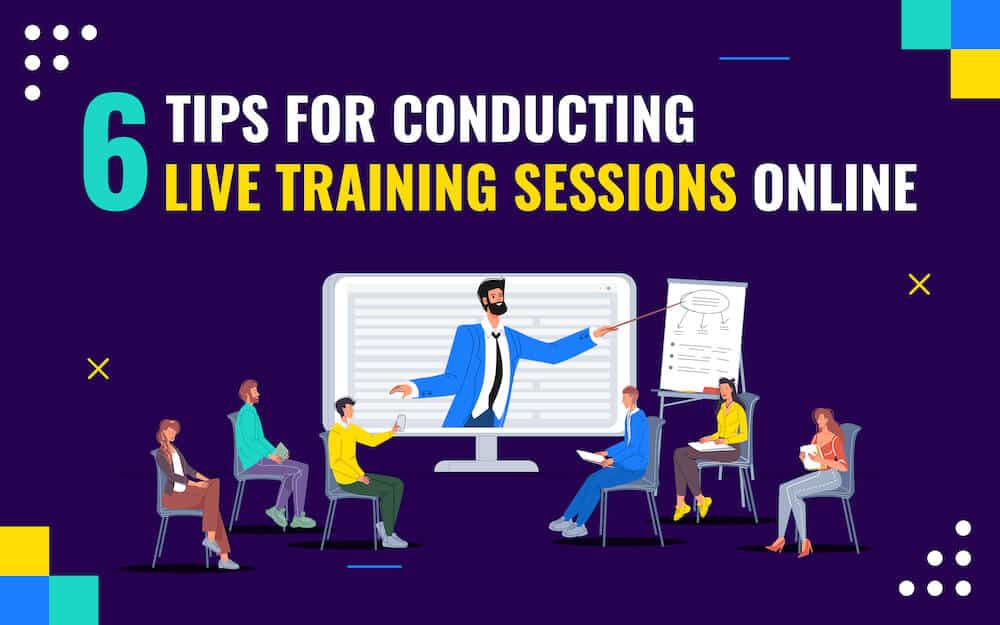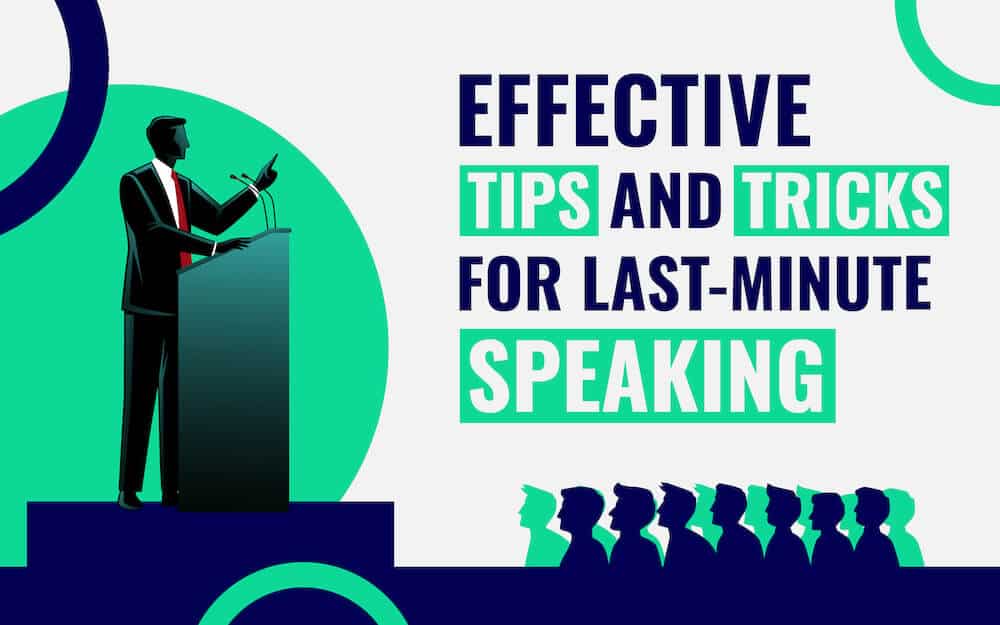
Speaking in public or presenting to people might not be everyone’s forte and could even be a daunting task for some. But it is a valuable skill to get your thoughts heard.
Giving an impactful presentation, whether online or in person, requires practice. However, that being said, online presentations are a different ballgame compared to the ones delivered in person.
How?
Compared to an in-person presentation, your audience can stray more in an online presentation because of the physical environment. And then, of course, the limited attention span, online distractions, technological disturbances, etc., which make the virtual presentation a little different.
This article lists 7 essential tips to boost your online presentation.
1. Try to Build a Connection with Your Audience
Building a rapport with your audience is imperative to deliver a good presentation. It will keep them hooked on what you are saying. One of the ways to do this is to research your work well. It will help you be comfortable with the topic and interact comfortably. Look them in the eye when communicating and get acquainted with the names of the participants.
Also, learn about the expectation and knowledge of your audience. It will help you guide them to where you expect them to reach with your presentation.
2. Begin and End with a Momentum
If you have to prioritize parts of your presentation for emphasis and impact, it’s wise to focus on the beginning and end. The start is crucial because it will set the tone of the presentation, and a decent first impression will engage your audience with your work.
Psychology says ending leaves a solid impact on our mind of that experience. How it ends in a way determines the experience of the entire episode. So, make sure your ending is clear, has a CTA, offers a solution, etc.
You can also offer some digital goodies and end your presentation with humor to keep the interaction light and memorable.
3. Take Help of Captivating Visuals to Engage Your Audience
Visuals are a great way to break the monotony and catch attention, be it in online or in-person presentation. You can add video slides (make sure it’s short and relevant) and fun GIFs to your content to make it more interesting. You can also take the help of props to emphasize your words when needed. However, make sure not to overdo it. In case of providing references to your online work, you can also try taking screenshots off the web, real-time or before. Make use of charts, graphs, bars, pie, etc., when presenting complex financial information.
Note – If you are not proficient in designing or don’t have much time to create a presentation from scratch, it is wise to opt for pre-designed templates with relevant visuals to convey your information flawlessly.
4. Leverage Storytelling
We have the inclination to get lost in stories, no matter the platform or the subject matter. According to research, we are more likely (22 times) to remember facts when they are wrapped up in stories. A good story ignites both the logical and emotional sides of the mind. Thus, don’t overlook the power of storytelling to make your presentation compelling and easy to remember.
5. Keep Your Presentation Lively by Interacting with People
Nothing kills more than monotony in a setting. So, make sure that you keep your presentation lively by keeping interaction open with your audience. You can take the help of methods like Q&A, interactive polls, comments in the chat, emojis, quizzes, etc., to make them feel an active part of the presentation. Enabling questions and answers on all slides will help them engage on every step, get timely solutions, and clear misunderstandings.
6. Simple is Better
Keep your slides simple with less content. Don’t stuff your slides with long videos. Take the help of minimal content and slides to explain your data. Also, make sure that you are not reading from the slides. Ensure that you aren’t engaged in a monologue without engaging your audience periodically.
Break complex information into small graphs to make it understandable. You can design your slides around the key takeaways that you want to highlight in your presentation. That way, your audience will be able to identify and retain the principal parts of your presentation.
7. Make Sure You are Organized
Being organized beforehand will help you deal with roadblocks later if any. Maintain eye contact with your audience and remember to connect with their names. Stand and not sit during your presentation and maintain proper body language (don’t cross your arms or avoid pacing). Take care of your lighting, sound, and other tech-related stuff, and keep your web camera on eye level. You can also follow the 10/20/30 rule, i.e., keeping your slides maximum at 10, the duration being not more than 20 minutes, and going for a font size of 30. It will help you keep your presentation concise and engage your audience better. Rehearse as much as you can, and you can also keep side notes for you to refer to.
Quick Tips/Tricks to Remember When Delivering Online Presentations
- Use virtual icebreakers to help connect with your audience.
- Record yourself when practicing to give you an idea about where you need improvements.
- Go for mute or pastel shades for your background. You can also go for attractive virtual backgrounds to avoid distractions.
- Make use of animated GIFs.
- Learn keyboard shortcuts for a seamless experience.
- Keep the lights right. Look at the camera and not at the participants when speaking.
- Position your camera to make your face, neck, and shoulders visible.
- Use tools that have calendaring features to help everyone be on time.
- Have a co-host check on the chats and take care of any technical issues. You can also give them access to your slides to call in and present; in case your internet breaks.
- Rehearse and practice as much as you can. Virtual presentations allow you to rehearse with the same setup, so leverage that.
- Ask for feedback post the presentation. You can ask the attendees to fill out a survey so that you can reflect on your work.
In a Nutshell
One important thumb rule is to practice. No matter how good your presentation design is, it will fall flat if you don’t deliver appropriately. Work on creating a rapport with your audience, take the help of attractive visuals, focus on a structure, and practice. And you will be well-prepared to deliver an impactful virtual presentation.



